Fighting The French & Indian War On The Tabletop: New Blood & New Guns
March 15, 2016 by crew
Welcome back to our journey through the French & Indian War for a little bit more information on the period and a closer look at some of the key players and moments during this period as well as answering a few questions on the guns used during the period.
This week we’ll be looking at the construction of what would become a very famous and important fort as well as the new Commander-in-Chief of the British in North America and the expulsion of the Acadians from their homes.
New Blood
After the Battle of Lake George ended without an outright victor both sides attempted to make the best of a bad situation. The French forces retreated to Ticonderoga Point where they began the construction of what would become known as Fort Carillon. The British would attack Fort Carillon and rename it Fort Ticonderoga after its capture in 1759.
After the death of Braddock during the Braddock expedition and the failure of his plan William Shirley was sent to replace him however his plans were fought over by the various political interests of the era and area and he was soon replaced by General John Campbell the 4th Earl of Loudoun (referred to hereafter as Lord Loudoun) who chose General James Abercrombie as his Second-in-Command.
France also sent a new General to America who led reinforcements from France (All regiments listed are the 2nd Battalions unless noted). General Louis-Joseph de Montcalm-Gozon, Marquis de Saint-Veran who was accompanied by Chevalier de Levis as his Second-in-Command.
General Montcalm had served in the French military since 1729 and saw his first action during the War of Polish succession starting his active service in 1733 and fighting in the War of the Austrian Succession where he was promoted to Colonel. Montcalm then went on to serve during Marshal de Maillebois' Italian campaigns during which time he was awarded with the Order of Saint Louis and wounded before being taken prisoner.
He was exchanged and promoted to Brigadier before being shot at Assietta shared the responsibility of command after the retirement of the Marshal. During peacetime he raised the Regiment de Montcalm (Cavalry) which he occasionally inspected.
Lord Loudoun was born in Scotland in 1705 (Great Britain was formed in 1707) and lead a regiment in the Jacobite Rising of 1745 siding with the Hanoverian Government and led an expedition to attempt to capture the leader of the Rebellion Prince Charles. Loudoun was defeated but managed to retain his regiment to continue to fight.
The difference in experience between General Montcalm and Lord Loudoun is vast with Loudoun spending most of his career not on active duty while General Montcalm had been wounded a number of times and was a proven successful commander of soldiers.
Rodger's Rangers
Upon Lord Loudoun’s arrival in America he was given the roles of Commander-in-Chief of all British Forces in North America and Governor General of Virginia. Lord Loudoun was not well liked by the leaders of the colonies especially after he officially banned trade with the French and temporarily closed all American Ports.
Lord Loudoun planned to launch and expedition to seize the French town of Louisbourg but cancelled the plans after a French military deception made it appear as though he could not overcome the cities defenses.
While political struggles replaced the British Commanders and while French reinforcements began to arrive the British began to employ a new type of soldier that would become the foundation of one of the most well know military groups in modern history, the Rangers. (Even though they don’t have a direct link and actually fought for the British in the American Revolution).
Rodger’s Rangers are perhaps the most well-known organization of the French and Indian War. Rodger’s Rangers were a provincial company trained in what we today would call special operations reconnaissance. To imagine the Rodger’s Rangers in the eyes of a person of the period imagine if the US military announced tomorrow a new special department of jetpack troops.
Major Robert Rodgers trained the Rodger’s Rangers in his own style of frontier warfare drawing inspiration from the American frontier and established light infantry tactics and at it’s peak the Rodger’s Rangers comprised of approximately 1300 men. The rangers used mainly smoothbore muskets and wore a dark green jacket.
I have mentioned the rangers because not only are they a glimpse into the future of warfare in North America but they were also instrumental in the expulsion of the Acadians.
I would like to stress again that these articles are not meant to judge or criticise but to recount history.
Ousting The Acadians
Between the years of 1755 and 1764 over 11500 of the 14100 Acadians (French Canadians) living in the British occupied region of Acadia were deported from their homes. This was done for a number or reasons.
A local populace sympathetic to the enemy could cause trouble for the military, a population of foreigners would be harder to integrate into a new British Colony, any chance to weaken a foes economy was normally taken, revenge against the Acadians who had supplied men and supplies to fight against the British and most importantly to discourage what we would call partisan activities.
The Acadians were first deported to the Thirteen Colonies and then later to France and Great Britain where they then emigrated to Louisiana and became known as Cajun’s. Not all Acadian’s were willing to submit and be deported and joined the Wabanaki Confederacy in fighting the British in a Partisan or Guerrilla Warwhich had been ongoing since 1744.
The Acadians were not just deported from their homes but also put at risk of disease and death at sea and it is believed that thousands died during the expulsions as a result of these factors.
New Guns
Now to less grim matters, a question that I see asked a lot is were there any weird or revolutionary weapons used during the period. The short answer is no most of the weapons used were smoothbore muskets with a few private militias or specialized groups using rifles. However during the American Revolution/War of Independence a weird and revolutionary rifle did appear.
Major Ferguson designed a breech loading rifle that could fire between six to ten rounds a minute and was accurate up to 200 yards but could fire up to 300 yards. The thing that really separates the Ferguson Rifle from other rifles was its loading mechanic which involved turning the trigger guard once before loading black powder and a ball into the breech before turning the trigger guard back to its original position and priming the pan.
The weapon was fast to load and accurate however it did suffer from being ahead of its time in that the four gunsmiths making the rifles could not make more than a hundred rifles in six months and the rifles cost more than four times that of a standard musket.
The Ferguson Rifle was used in combat where it served well however widespread implementation was impossible for the reasons mentioned above and it would be almost a hundred years before an army would adopt a breech loading rifle as main rifle.
Read all about the great game you can use to play out the battles of this period HERE.
If you would like to write an article for Beasts of War then please contact me at [email protected] for more information!
"The French forces retreated to Ticonderoga Point where they began the construction of what would become known as Fort Carillon. The British would attack Fort Carillon and rename it Fort Ticonderoga after its capture in 1759..."
Supported by (Turn Off)
Supported by (Turn Off)
"The Ferguson Rifle was used in combat where it served well however widespread implementation was impossible for the reasons mentioned above and it would be almost a hundred years before an army would adopt a breech loading rifle as main rifle..."
Supported by (Turn Off)



































![TerrainFest 2024! Build Terrain With OnTableTop & Win A £300 Prize [Extended!]](https://images.beastsofwar.com/2024/10/TerrainFEST-2024-Social-Media-Post-Square-225-127.jpg)
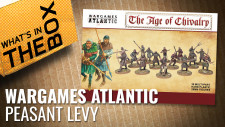







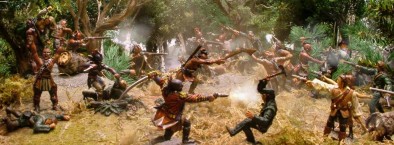
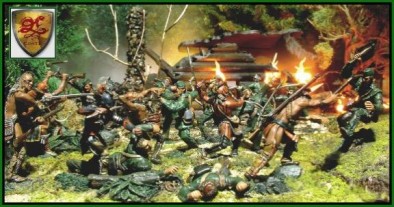
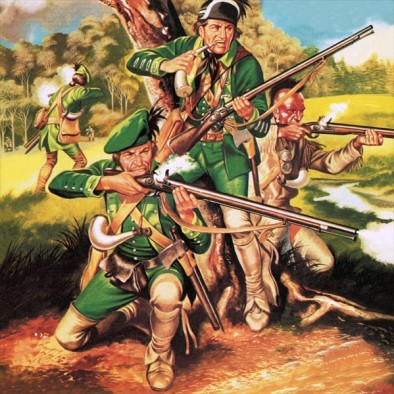
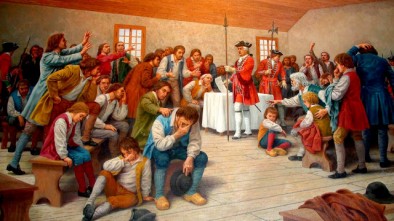
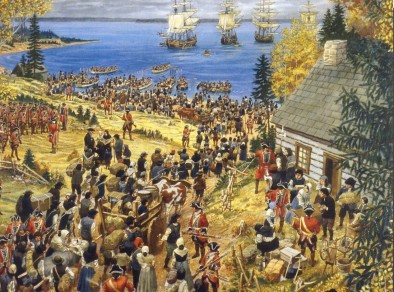
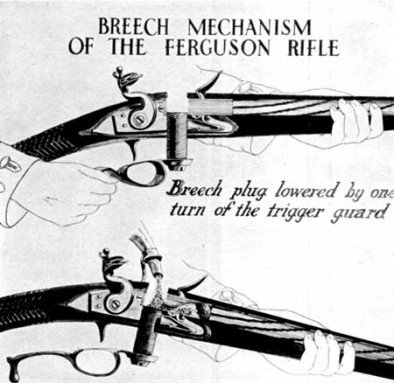
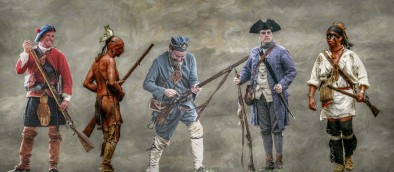



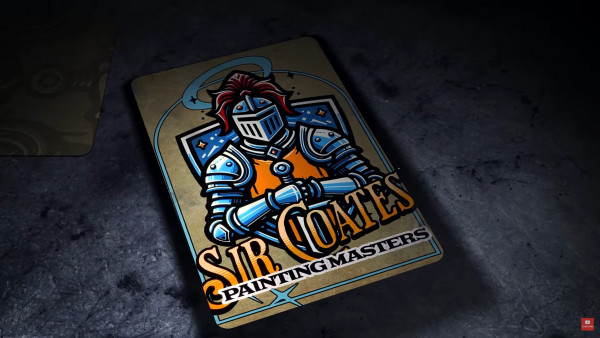
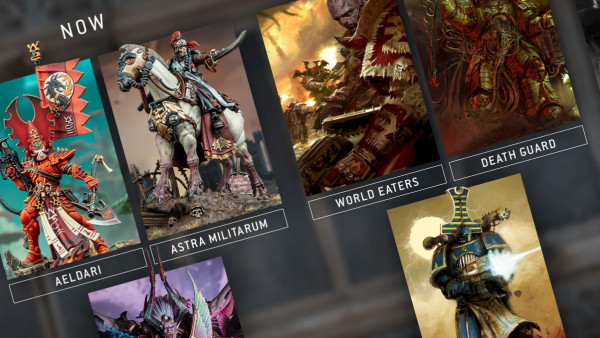

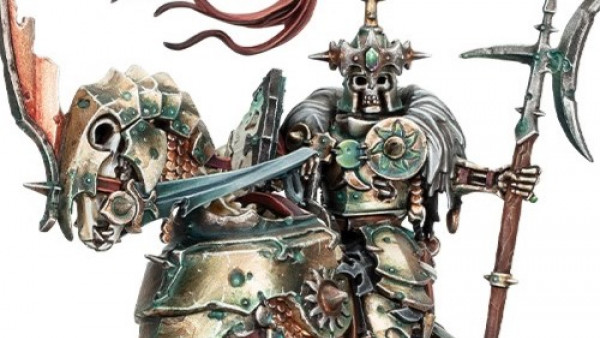

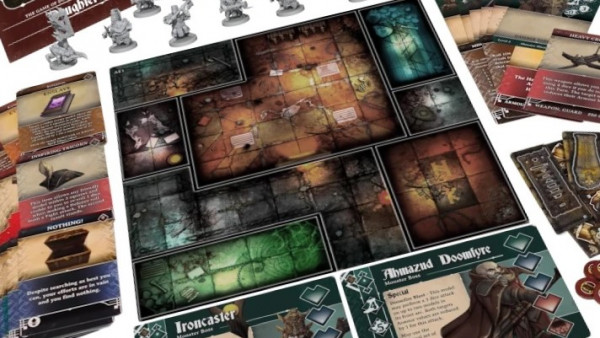
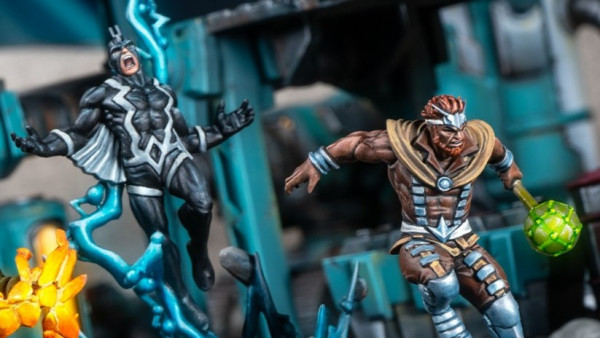
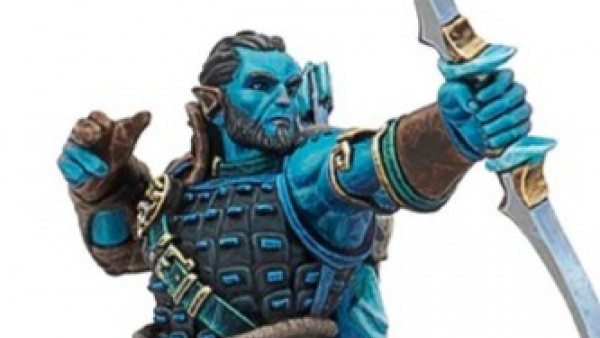
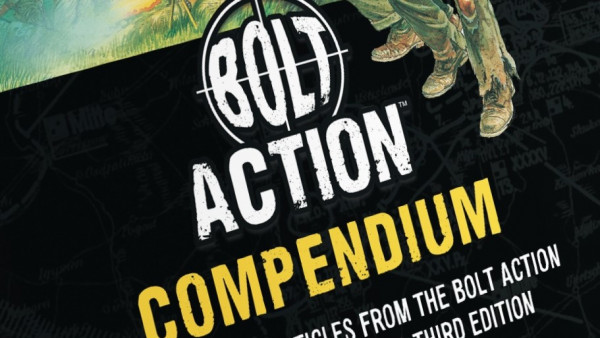

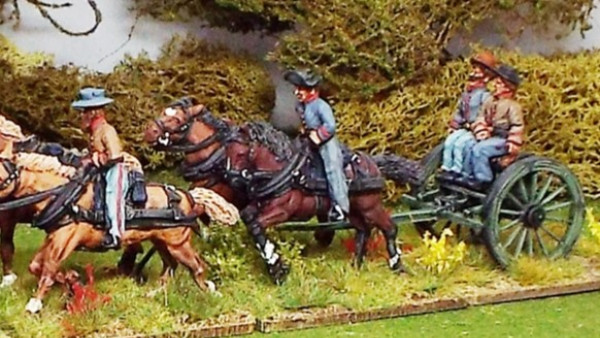
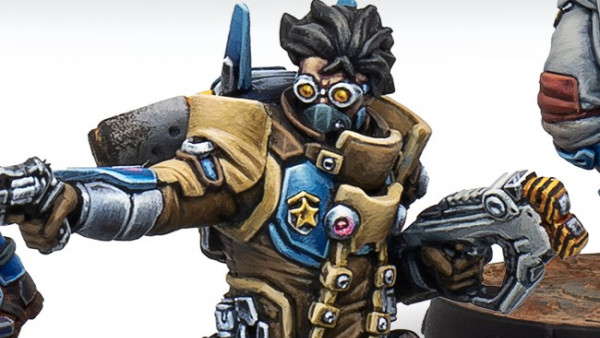
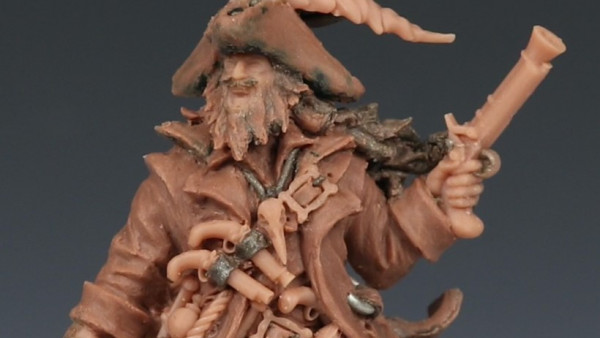
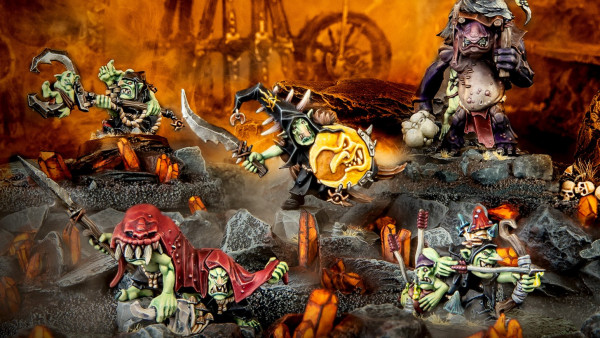
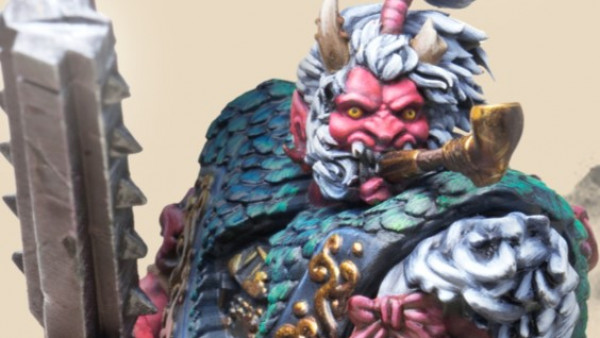
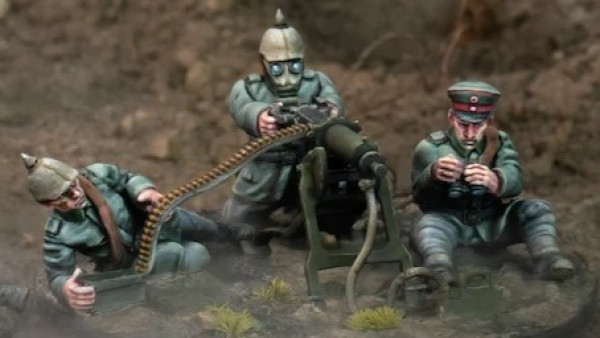
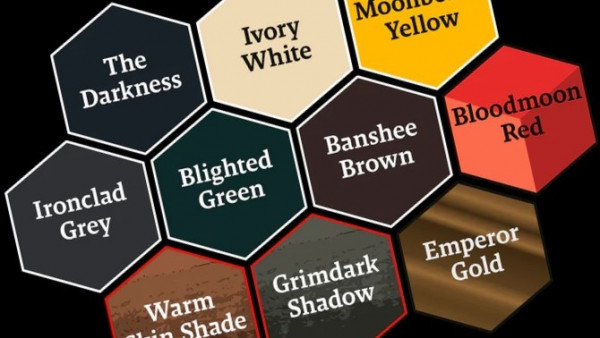
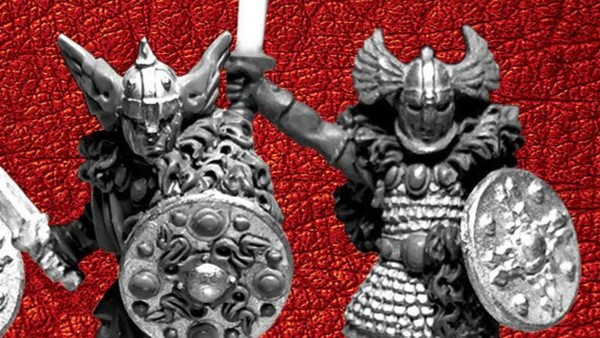













a great informative read.
on an interesting related note my brother stays in Inverness and many of the historians are now saying that (the Culloden battle field) everyone including myself visit is in the wrong place & may be on the other side of the road
A very diverse area of conflict. I’ve often wondered why it’s not represented more in tabletop games. So much scope for some great campaigns
Love this series of articles.